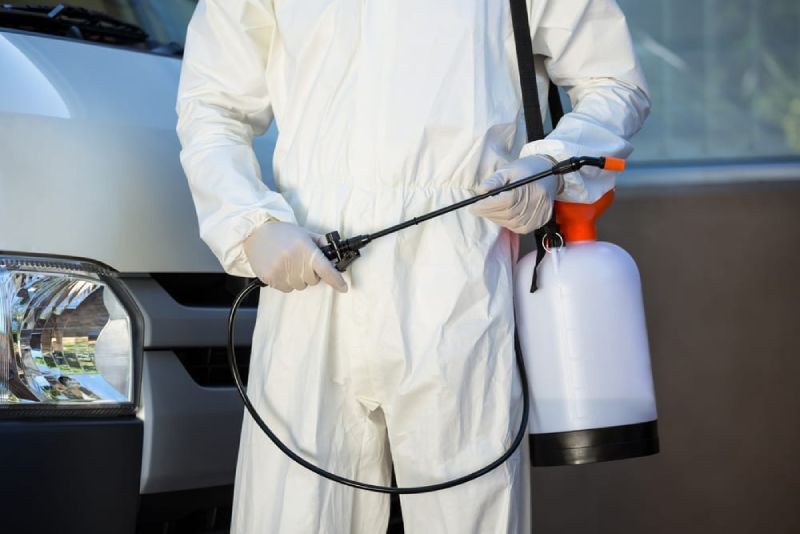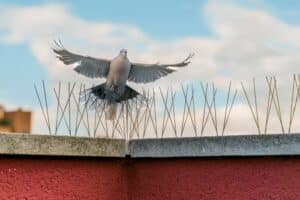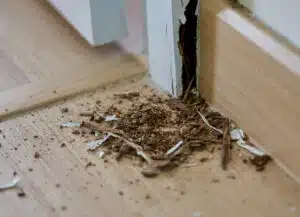In part one of this two-part blog series, we went over some of the basics on what are known as invasive pests. These species, which are both non-native to the area they’re in and generally cause significant damage or health issues, are some of the most concerning when it comes to pest control and exterminator needs.
At A-1 Exterminators, our general insect control services include a wide array of potential invaders to your home, with many invasive species we’ve assisted Utah homeowners with preventing or removing. Today’s part two of our series will look a bit further at some examples of invasive pest species, then go over some tips on how to prevent these from invading your home or property space.
Examples of Invasive Species
Some common invasive pests around the country include:
- Stink bugs: Known scientifically as the brown marmorated stink bug, this pest entered the US in the mid-90s and is now present in 44 different states. These bugs luckily don’t pose human health risks, but they do present several structural risks, especially during the spring period where they become most active. Their name comes from the disgusting odor they release when they’re crushed. They generally enter through holes or gaps in the home.
- Asian longhorned ticks: These are newer pests that have only been in the US for a few years, and are somewhat rare in Utah. However, if seen, they not only carry diseases that can be extremely risky, but also multiply quickly and can infest an area in a hurry.
- Fire ants: Specifically known as red imported fire ants (RIFA), these ants have been in the US for nearly a century. Often brough to new areas in shrubs or plants, they have painful stings that become welts and often provoke allergic reactions among some people. Their nests must be avoided, and any outbreak near your home should cause you to seal up any gaps or cracks to prevent their entry.
Preventing Invasive Species
While extermination of a given invasive pest will vary depending on what species it is, there are some fairly common methods for preventing these types from invading to begin with:
- Signs and ID: Check new plants, containers, luggage and other belongings, especially if you’re coming back from a long trip or outdoor excursion. If you know how to recognize invasive pests in your area, all the better.
- Sealing: Seal door cracks, window screen tears and any other small gaps that might allow these pests in.
- Cleaning: Where possible, remove any dirt, soil or plant life from belongings, clothing and pets while traveling to prevent tracking invasive pests.
- Local buying: For various landscaping, gardening or even pest control needs, do your best to buy local produce so you don’t risk spreading insects from one place to another.
- Debris: Keep any outdoor debris like firewood clean and free of pests, especially if it’s being moved indoors for any reason.
For more on preventing invasive pest species in your home, or to learn about any of our pest control services, speak to the staff at A-1 Exterminators today.



